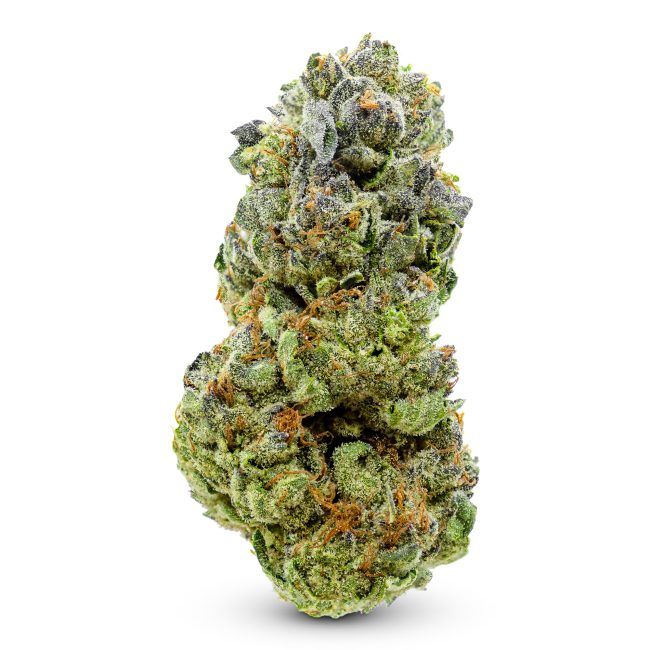In the culinary world, creating artisanal edibles is akin to being a maestro conductor — it requires finesse, deep understanding, and creativity. And with the growing acceptance and legalization of cannabis, the spotlight is now on crafting edibles that are not just potent but possess a symphony of flavors and effects. One emerging star ingredient in this saga is thca flower, known for its non-psychoactive properties and potential health benefits. Here's how you can elevate your edibles by harnessing the power of THCA.
Understanding THCA Flower
THCA, short for tetrahydrocannabinolic acid, is a precursor to THC. Often found in raw cannabis, THCA doesn’t produce the "high" typically associated with THC, because it needs to be decarboxylated — heated — to convert into the more well-known compound. Cooking with THCA-rich flowers can introduce a range of cannabinoids that offer a spectrum of potential benefits, from anti-inflammatory properties to aiding in neurodegenerative diseases.
The Secret to Infusing with THCA
Infusing your culinary delights with THCA can add layers of complexity and depth to each bite. Because THCA is converted to active THC through heat, it's crucial to consider the cooking process and temperatures when working with it. Lower temperatures and shorter cooking times preserve the integrity of THCA while allowing you to enjoy an entourage effect of additional cannabinoids.
Starting with the Right Flower

Begin your THCA-infused culinary adventure with high-quality, raw cannabis flower that's been properly cured. This will ensure you're working with a product that's rich in THCA and ready to impart its unique characteristics into your edibles.
The Infusion Process
To get the most out of your THCA flower, consider cold infusions. This technique involves steeping cannabis in a temperature-controlled liquid fat, oil, or alcohol over an extended period. This method allows the extraction of THCA without heating, which minimizes any loss of potency and protects delicate flavors.
Temperature Management
When heating is necessary, keep temperatures as low as possible. Bearing in mind that THCA begins to decarboxylate around 220°F, it's essential to stay well below that threshold to maintain THCA's non-psychoactive properties. Utilize methods such as sous-vide cooking, where water circulates at a precise temperature to gently heat infusions without the risk of overheating and losing valuable compounds.
Creating Unique Artisanal Edible Recipes
Once you've mastered the art of infusing with THCA, it's time to get creative with your recipes. Edibles should be more than just vehicles for THC; they should be delicious, with the added benefit of being a healthier alternative to traditional sweets when prepared with nutritious ingredients.
Decadent Desserts
Decadent desserts, like rich chocolate truffles or velvety panna cotta, can be infused with THCA for a luxurious treat. The earthy, herbaceous notes of cannabis can complement the sweetness, resulting in a well-balanced flavor profile that your taste buds will adore.
Savory Staples
Infusing oils with THCA can be a game-changer for any home chef. Use these oils to drizzle on salads, marinade meats, or add a unique spin to pasta dishes. Be liberal with herbs and spices to enhance the inherent flavors of the THCA oil, without overpowering the dish.
Health-Conscious Creations
For those who are health-conscious, consider incorporating THCA-infused oils into soups, stews, or even fresh-pressed juices. This ensures you're getting the benefits of THCA in a manner that aligns with your dietary needs.
The Final Dash
As you immerse yourself in the world of artisanal edibles, remember that cooking with cannabis is a process of experimentation and discovery. Be patient, be creative, and most importantly, enjoy the edibles you craft. With the right approach, THCA can enhance not just the potency but also the palatability of your homemade edibles, making each bite a celebration of taste and wellness.